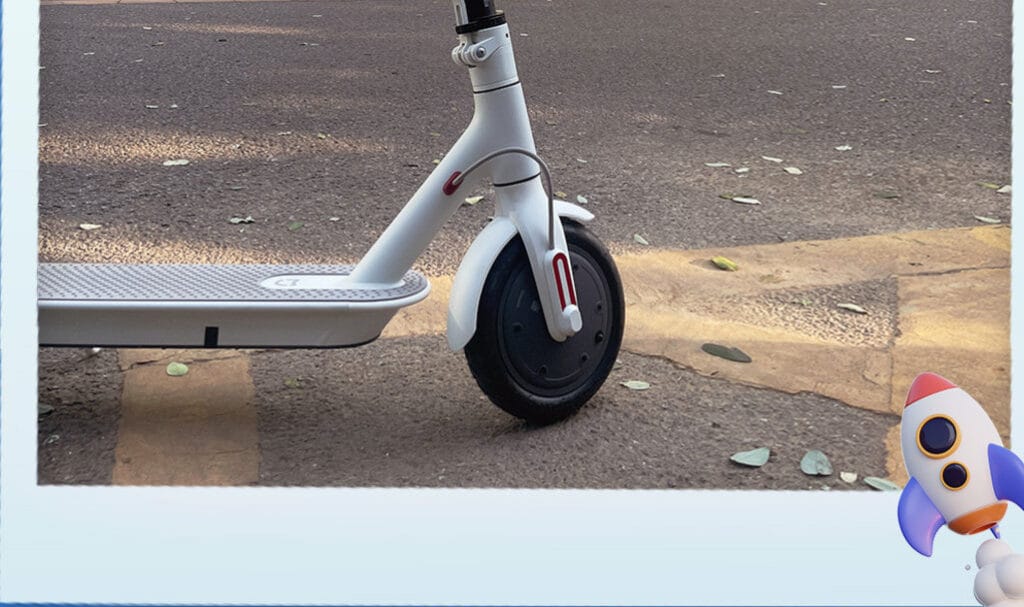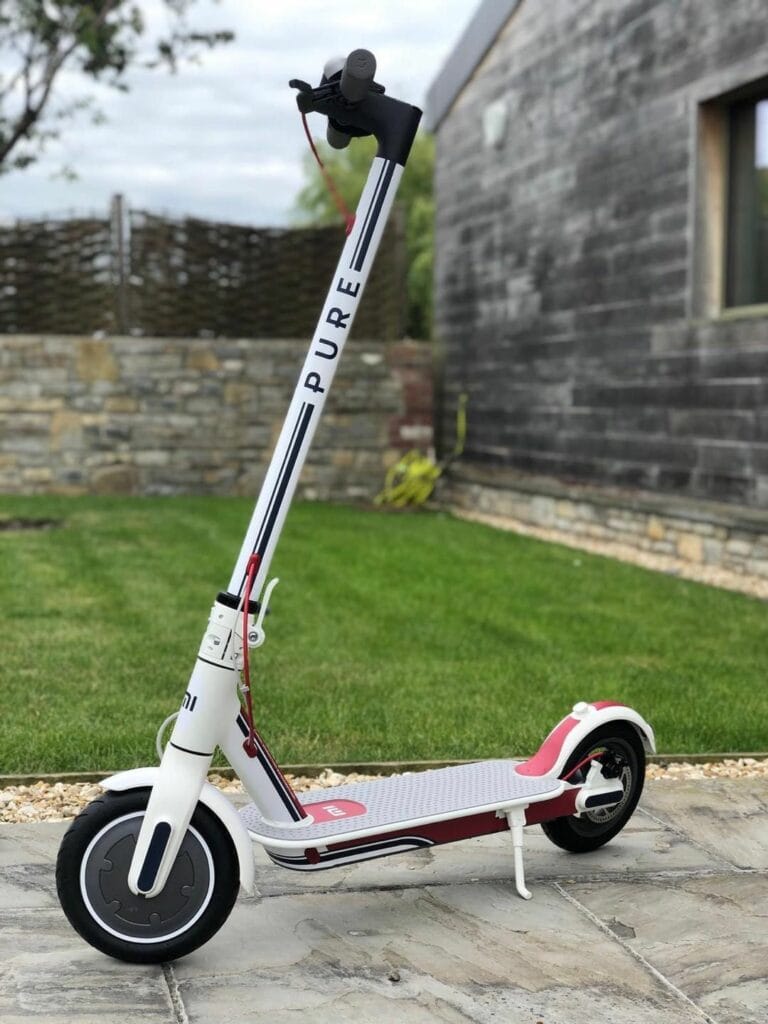Are you a proud owner of a Xiaomi scooter, but struggling to keep your tires inflated? Proper tire pressure is crucial for a smooth ride, improved safety, and even extended battery life. In this article, we’ll show you how to pump your Xiaomi scooter tire like a pro, covering the tools you’ll need, the recommended pressure, and some helpful tips to get you back on the road in no time.
Why Proper Tire Pressure Matters
Before we dive into the tutorial, let’s talk about why proper tire pressure is so important:
- Improved safety: Underinflated tires can lead to reduced traction, making it harder to control your scooter, especially on wet or slippery surfaces.
- Better ride quality: Properly inflated tires absorb bumps and vibrations more effectively, providing a smoother ride and reducing fatigue.
- Increased efficiency: Underinflated tires can increase rolling resistance, which can reduce your scooter’s range and overall performance.
- Extended tire life: Proper tire pressure can help prevent premature wear and tear on your tires, saving you money in the long run.
Tools You’ll Need
To pump your Xiaomi scooter tire, you’ll need the following tools:
- A bike pump or tire inflator specifically designed for scooters (make sure it’s compatible with your scooter’s tire valve type)
- A tire pressure gauge (optional, but recommended for accurate readings)
- Your Xiaomi scooter’s owner’s manual (for reference)
Recommended Tire Pressure for Xiaomi Scooters
The recommended tire pressure for Xiaomi scooters varies depending on the model and tire size. Here are some general guidelines:
- Xiaomi M365: 35-40 PSI (2.4-2.7 bar)
- Xiaomi M365 Pro: 40-45 PSI (2.7-3.1 bar)
- Xiaomi Mi M1S: 30-35 PSI (2.0-2.4 bar)
Step-by-Step Guide to Pumping Your Xiaomi Scooter Tire
Now that you have the necessary tools and know the recommended pressure, it’s time to pump up your tire:
- Locate the tire valve: Find the tire valve on your scooter’s wheel. It’s usually located on the outside of the wheel, near the hub.
- Remove the valve cap: Take off the valve cap to expose the valve stem.
- Attach the pump: Connect the pump to the valve stem, making sure it’s securely attached.
- Check the pressure: Use a tire pressure gauge to check the current pressure. If you don’t have a gauge, you can use the pump’s built-in gauge.
- Add air: Pump air into the tire until you reach the recommended pressure. Check the pressure regularly to avoid overinflating.
- Reinstall the valve cap: Once you’ve reached the desired pressure, replace the valve cap to protect the valve stem from dirt and moisture.
Tips and Tricks
Here are some additional tips to help you get the most out of your Xiaomi scooter:
- Check tire pressure regularly: Try to check your tire pressure at least once a week, or before long rides.
- Use the correct pump: Make sure you’re using a pump designed for scooters, as they require higher pressure than bike tires.
- Avoid overinflating: Overinflating can lead to reduced traction, increased risk of punctures, and even damage to your scooter’s wheel or tire.


 Burak Mete Erdoğan
Burak Mete Erdoğan


